Tiger Oto Otocinclus Cocama Zebra Oto South American Catfish
£20.32
Short Description: The Tiger Oto Otocinclus Cocama Zebra Oto South American Catfish is a stunning and unique addition to any aquarium. With its striking black and white striped pattern, this small and peaceful catfish offers both aesthetic appeal and practical benefits. It is a hardy species that helps control algae growth and can be kept with other small fish. Enjoy the beauty and functionality of this popular choice for planted aquariums.
1000 in stock
Attributes: Tiger Oto Otocinclus Cocama Zebra Oto South American Catfish
Short Description: A stunning and unique addition to any aquarium, the Tiger Oto Otocinclus Cocama Zebra Oto South American Catfish is a small, peaceful, and hardy species that offers both aesthetic appeal and practical benefits. With its striking black and white striped pattern, this catfish is sure to catch the eye of any fish enthusiast.
Product Categories: Catfish, Fish
Secure Transit: Our 24-hour courier service ensures your fish arrive safely with poly boxes and heat packs during colder months.
Shipping Convenience: Combine multiple items in one order to streamline shipping.
Dead on Arrival (DOA) Policy: Should any fish arrive deceased, promptly inform us with photographic evidence, and we will refund you or send you a replacement.
Product Description:
Scientific and Common Names: The Tiger Oto Otocinclus Cocama Zebra Oto South American Catfish, also known as Otocinclus cocama, is a member of the Loricariidae family. It is commonly referred to as the Zebra Oto or Tiger Oto due to its distinctive black and white striped pattern.
Habitat: This species is native to the Amazon River basin in South America, specifically found in Peru and Brazil. It inhabits slow-moving rivers, streams, and flooded areas with dense vegetation.
Tank Setup: To provide a suitable environment for the Tiger Oto, a well-maintained aquarium with a minimum capacity of 20 gallons is recommended. The tank should be densely planted with live plants, driftwood, and rocks to mimic its natural habitat. A sandy substrate is preferred to replicate the riverbeds where they are typically found.
Diet and Nutrition: The Tiger Oto is primarily herbivorous and feeds on algae and biofilm that grow on surfaces in the aquarium. It is essential to provide a varied diet that includes algae wafers, blanched vegetables (such as zucchini or cucumber), and occasional live or frozen foods like brine shrimp or bloodworms.
Size and Growth Rate: This catfish species reaches an average size of 1.5 to 2 inches (3.8 to 5 cm) in length. It has a relatively slow growth rate compared to other fish species.
Behavioral Traits: The Tiger Oto is a peaceful and social fish that prefers to be kept in small groups of at least three individuals. It is known for its active nature and spends most of its time grazing on surfaces, including the aquarium glass and decorations. This species is generally shy and will appreciate the presence of hiding spots in the tank.
Care Level: The Tiger Oto is considered a beginner-friendly fish due to its hardiness and ease of care. It can adapt well to a wide range of water conditions and is generally low-maintenance.
Breeding and Reproduction: Breeding the Tiger Oto in captivity can be challenging. It requires specific conditions, such as a well-established aquarium with optimal water parameters and an abundance of live food. The female will lay eggs on flat surfaces, and the male will guard and fan them until they hatch.
Health and Disease Prevention: Maintaining good water quality is crucial for the overall health of the Tiger Oto. Regular water changes, proper filtration, and monitoring ammonia and nitrate levels are essential. Quarantining new fish before introducing them to the main tank can help prevent the spread of diseases.
Optimal Water Conditions: The Tiger Oto prefers slightly acidic to neutral water with a pH range of 6.5 to 7.5. The temperature should be maintained between 72°F and 78°F (22°C to 26°C). It is important to provide a well-oxygenated environment with moderate water flow.
Lifespan: With proper care, the Tiger Oto can live for up to 5 years or more in captivity.
Additional Interesting Facts:
– The Tiger Oto is an excellent algae eater and can help control algae growth in the aquarium.
– It is a peaceful species and can be kept with other small, non-aggressive fish.
– This catfish is known for its ability to cling to surfaces using its specially adapted mouth, which helps it navigate and feed.
– The Tiger Oto is a popular choice for planted aquariums due to its algae-eating behavior and small size.
– It is a diurnal species, meaning it is most active during the day.
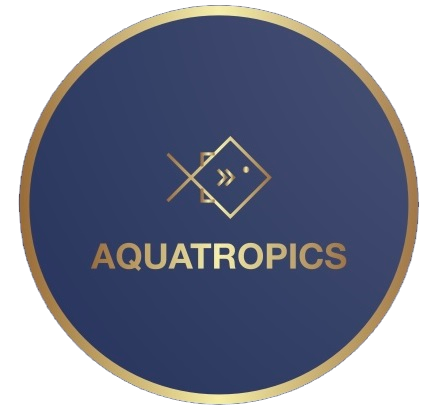

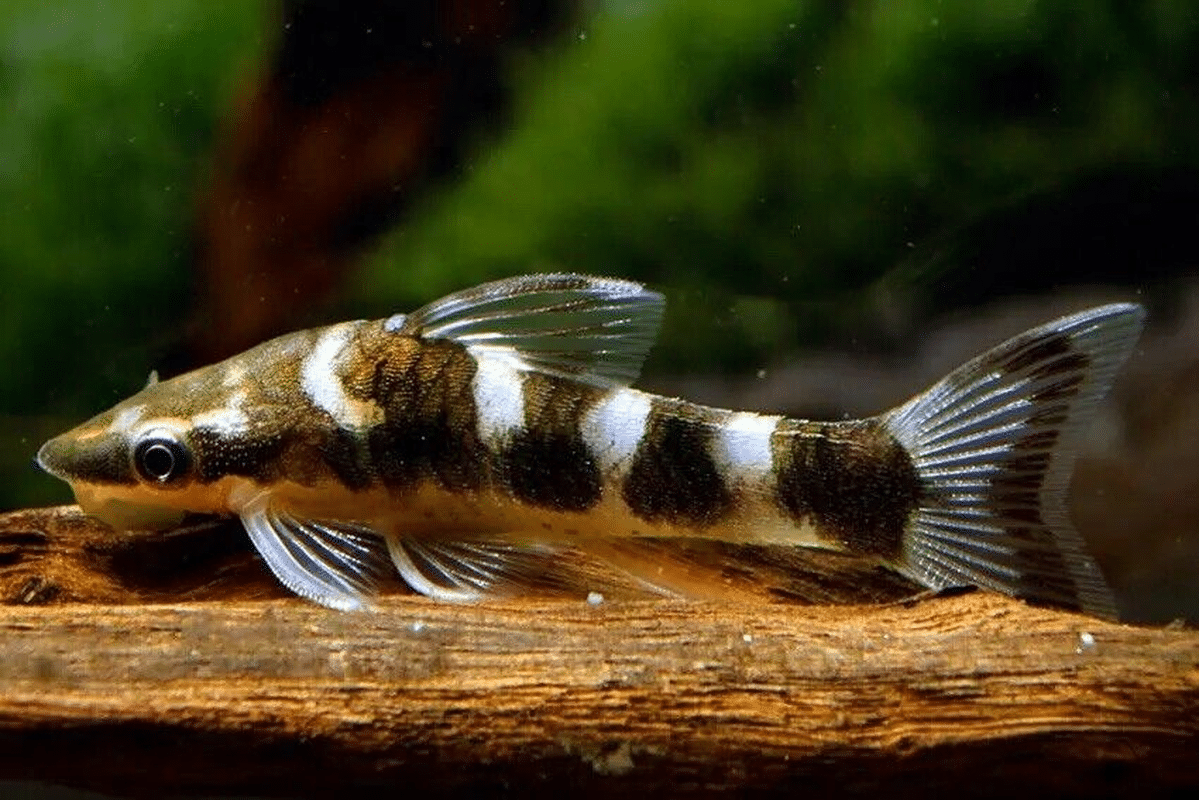





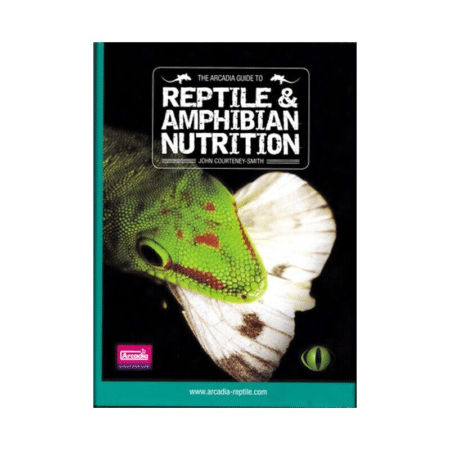


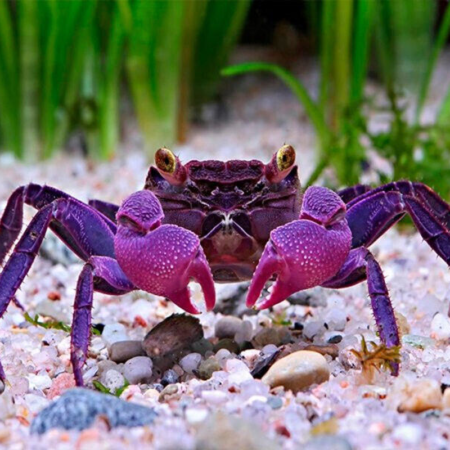



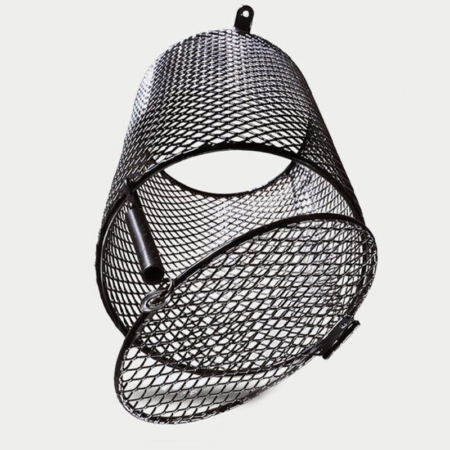
Reviews
There are no reviews yet.